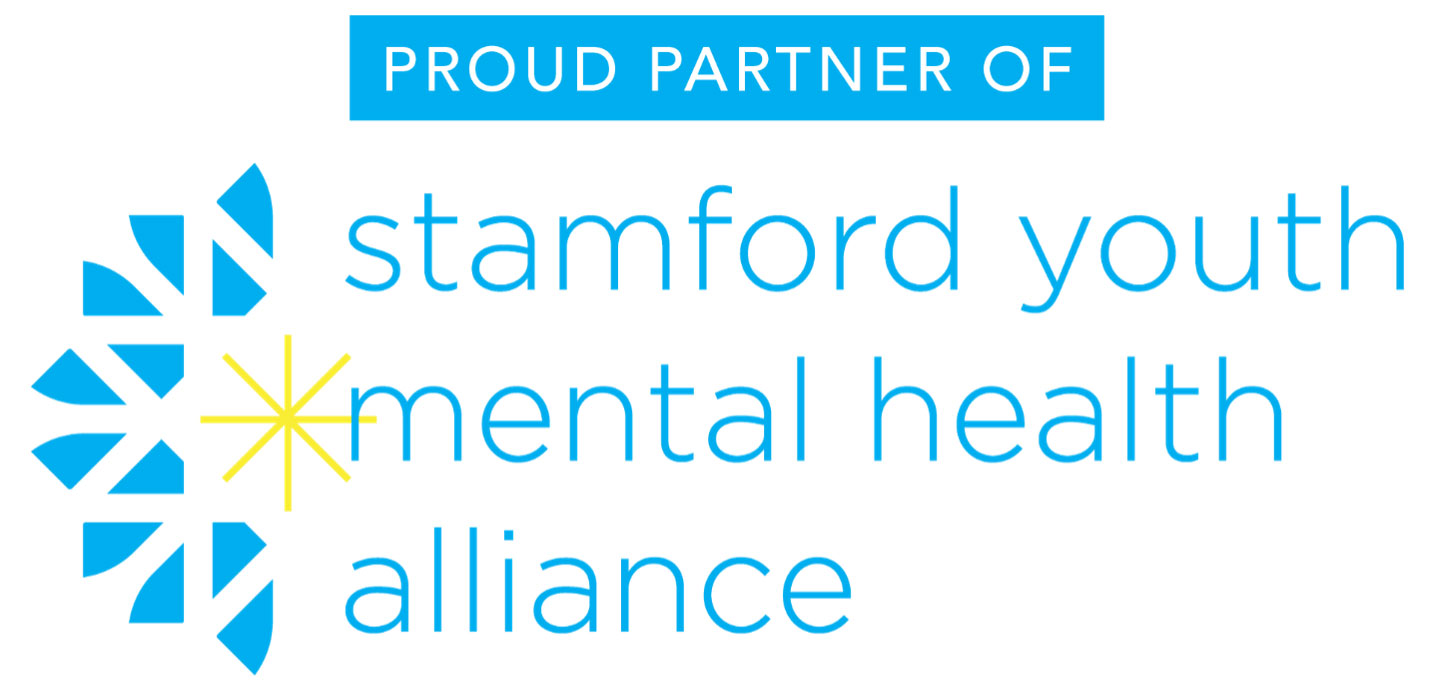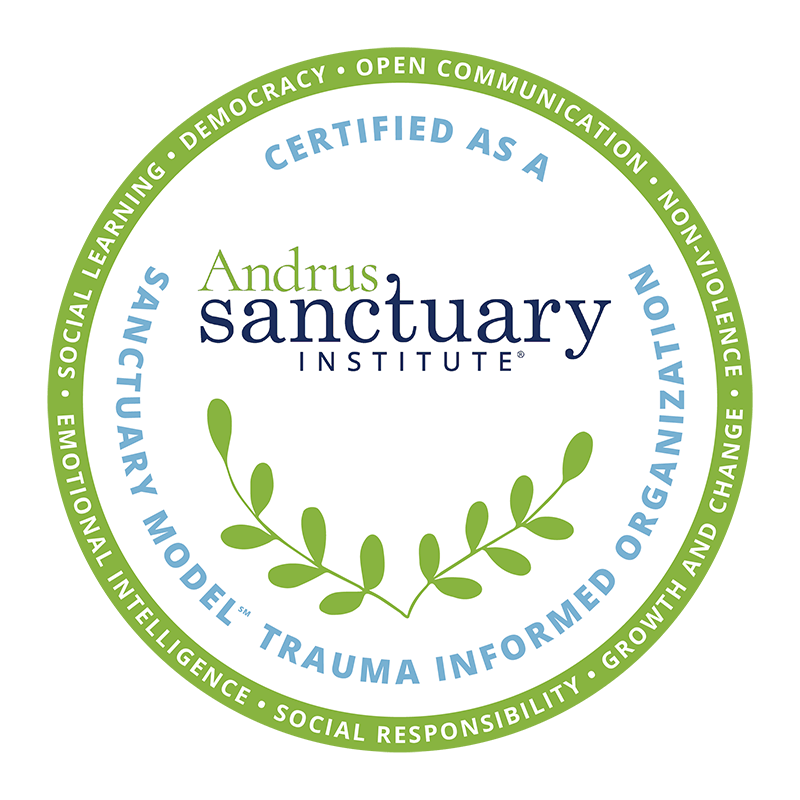Opinion: CT can get disconnected youth on the right track
This op-ed by Domus Kids Chief Justice Officer Tom Langan was originally published on CTInsider.com on February 15, 2025.
The opening words of the “Young People First” report produced by the Connecticut Conference of Municipalities reads “envision a Connecticut where every young person has an equal opportunity to achieve their greatest potential.”
Unfortunately, that is hard to imagine today because that same report outlines there are 119,000 young people in Connecticut — one in five — are either at-risk or disconnected from education and the workforce. About 53% of these young people are disconnected, meaning they are not engaged in prosocial institutions and/or not on-track for gainful employment.
As the chief justice officer at Domus Kids in Stamford, I work daily with young people age 17-26 who are disconnected from the workforce. Our program provides these young people with the supports and skills-building opportunities they need to gain employment on the path to self-sufficiency.
Young people participate in our program for one year, employed in our social enterprise for three to six months followed by six months of unsubsidized employment while continuing to meet weekly with our staff for support and coaching. The results are impressive — in FY24, 94% of young people who graduated from the program remained employed in a job on the path to self-sufficiency one year later. The program’s retention rate that same year was 92%.
There is both an economic and moral imperative to build the capacity of the numerous nonprofits across Connecticut who effectively serve disconnected young people. The “Young People First” report estimates that for each disconnected young person that gets back on track, Connecticut gains approximately $150-180k in tax revenues and saves $60k on lower government spending.
But Domus and similar agencies across the state cannot solve this issue alone. We need urgent action by the state legislature to support our efforts to get young people back on track. Specific actions that can be taken to support our collective efforts to get young people back on track include:
- Continue to fund (and expand) the Youth Service Corps, an initiative currently operating in Stamford and Hartford as a partnership between the city and a local nonprofit organization. Disconnected young people are provided with subsidized employment while providing city services and learning valuable on-the-job experience and skills.
- Build the capacity of nonprofits who serve disconnected youth — Domus and other nonprofits — especially those in the Connecticut Opportunity Project portfolio (CTOP) that have strong program models and excellent results serving disconnected young people. We could serve more young people if we had the financial support to do so.
- Support workforce reintegration programs for currently and formerly incarcerated youth. As one of our young people stated when interviewed for a news article on disconnected youth, “I feel like everybody deserves a second chance — despite their record, despite their past.”
Our state’s legislators, in the General Assembly session now underway, have a tangible opportunity to follow through on these recommendations. Legislation has been introduced, with the support of a coalition of nonprofits including Domus, led by United Way of Connecticut, that has the potential to advance policies and resources that are needed and necessary. We can, working collaboratively, make an enduring difference.
Although these recommendations are not without cost, the cost of doing nothing is considerably higher. Connecticut has a clear choice this year: take a giant leap that will set us on the path so that every young person achieves their greatest potential or have the number of disconnected young people increase, not only to their detriment, but to ours.
Tom Langan serves as Domus’ chief justice officer and oversees the organization’s workforce development program. Domus serves youth aged 12 to 26 in Stamford and some surrounding areas who show signs of being disengaged or disconnected, helping them to overcome significant obstacles that jeopardize a bright and stable future by empowering them to pursue their path to self-sufficiency.






